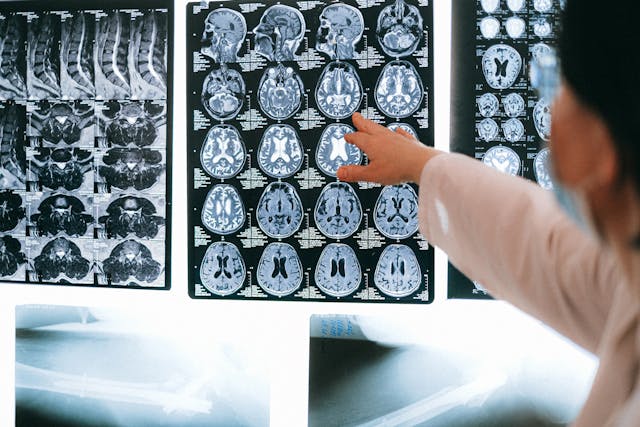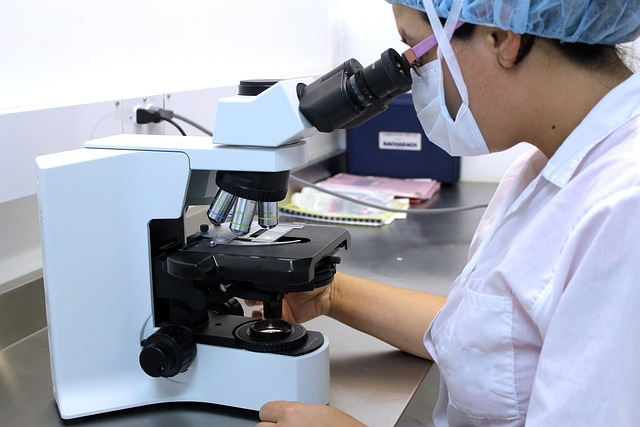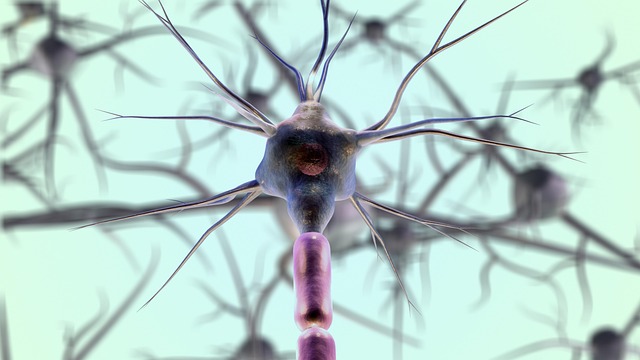Parkinson’s is a progressive neurodegenerative disease that is currently incurable. It is typically only diagnosed once symptoms arise, which include speech difficulties, balance issues, stiffness, tremors, and mental issues. Patients eventually struggle to talk or walk in the advanced stages. While researchers have spent decades searching for a Parkinson’s Treatment, it seems one may already exist, and has even already been FDA-approved.
How an Existing Drug May Be Used for Parkinson’s Treatment

According to a research team, Aplp1, a surface protein on brain cells, could be responsible for spreading the material that results in Parkinson’s from one brain cell to another. In mouse studies, they found that a drug usually used to treat cancer targets Lag3, a protein that interacts with Apllp1. These two proteins work together to assist toxic alpha-synuclein clumps get into brain cells. The fact that this drug inhibits this process means a potential Parkinson’s treatment already exists.
Xiaobo Mao, a neuroscientist from Johns Hopkins University, stated, “Now that we know how Aplp1 and Lag3 interact, we have a new way of understanding how alpha-synuclein contributes to the disease progression of Parkinson’s disease. Our findings also suggest that targeting this interaction with drugs could significantly slow the progression of Parkinson’s disease and other neurodegenerative diseases.”
The majority of Parkinson’s symptoms arise from a loss of dopamine-producing neurons in a part of the brain called the substantia nigra. Researchers believe that this loss is caused by abnormal protein clumps called Lewy bodies. These clumps are made of folded alpha-synuclein that moves from one neuron to another. While alpha-synuclein usually helps neurons communicate with one another, when it folds, it becomes insoluble, which can lead to serious damage. However, it is difficult to determine whether this is actually a cause or a symptom of the disease.
Read More: Doctors Issue Warning Over Popular Food Item Linked to Parkinson’s Disease
The Discovery of the Role of the Second Protein

Previous mouse trials found that Lag3 binds to alpha-synuclein proteins and helps spread Parkinson’s disease pathology in neurons. Furthermore, the researchers noted that while deleting Lag3 impeded the process significantly, it didn’t totally prevent it from occuring. This indicated that there was another protein that also helped the misfolded alpha-synuclein enter the neurons. According to a neuroscientist from Johns Hopkins, Valina Dawson, “Our work previously demonstrated that Lag3 wasn’t the only cell surface protein that helped neurons absorb alpha-synuclein, so we turned to Aplp1 in our most recent experiments.”
For this study, the researchers conducted tests on genetically modified rodents that were either missing Lag3, Aplp1, or both proteins. What they found was that while both could help brain cells absorb alpha-synuclein on their own, combined, they dramatically increased the uptake of the toxic clumps. Additionally, when both proteins were absent, 90% less alpha-synuclein was absorbed by the healthy brain cells. The team then gave healthy mice nivolumab/relatlimab, a melanoma drug that contains an antibody for Lag3.
They discovered that it stopped the two proteins from interacting and almost completely stopped the clumps from forming in neurons. Dawson noted that, “The anti-Lag3 antibody was successful in preventing further spread of alpha-synuclein seeds in the mouse models and exhibited better efficacy than Lag3-depletion because of Aplp1’s close association with Lag3.” Next, the team wants to test the antibody on Alzheimer’s and Parkinson’s mouse models.
The Bottom Line

This new study has revealed that a much-sought Parkinson’s treatment may have been under our noses this whole time. By effectively blocking the interaction between Lag3 and Aplp1, nivolumab/relatlimab, a drug already approved by the FDA for cancer treatment, could reduce the spread of harmful clusters. This is considered a major breakthrough, as these clumps are linked to the progression of neurodegenerative diseases such as Parkinson’s.
However, experts have warned that the results of mouse studies don’t necessarily translate to the same outcomes in humans. More trials will be needed to determine the efficacy and dosage before it is regarded as a viable Parkinson’s treatment. However, one advantage is that the drug has already been tested for safety, which could accelerate the process. As the team continues to test the antibody, the hope for an effective Parkinson’s treatment is closer than ever.
Read More: 10 Early Warning Signs of Parkinson’s Most People Miss
